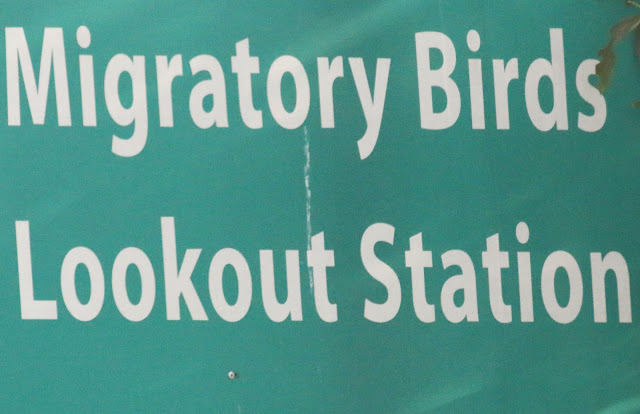The earliest recorded arrival of waders in KKM was in late July but in 2022 I didn't manage to visit the place in July. So the photos here depict the waders in late August until September 2022.
Common Redshanks.
It's like they have risen in sequence - the right ones rose first followed by the ones of the left (behind).
Due to the hot afternoon sun, these Common Redshanks took shelter among the small mangroves before I spooked them away.
Common Redshank - most likely an adult.
One of best route to Penang is by sea because there are less traffic jams.
On this trip there were many juveniles seen and because they were quite skittish, so there were many aerial shots this time.
One adult and two juvenile Lesser Sand Plovers (LSP) at one go.
Usually when they first arrived, they are very sensitive to their surroundings. They will take flight as soon as you enter their comfort zone.
More juveniles LSP here.
This juvenile LSP came quite close.
This is another Lesser Sand Plover but I am not sure whether this is an adult or a juvenile which has just molt into a fresh winter plumage.
Lesser Sand Plover
This should be an adult.
Aside from juvenile LSP, there were also other juvenile plovers seen like this juvenile Greater Sand Plover.
A Greater Sand Plover with a Red-necked Stint
Here it is again.
This time with a Lesser Sand Plover.
Another juvenile LSP.
A nice looking adult Lesser Sand Plover. Since it was just August, they still retained some of their breeding plumage.
According to some literature, this LSP could be from the 'atrifrons group' - no white patch on its forehead. Have a look at the illustration below.
But you would definitely find it hard to ID the groupings for a juvenile LSP or a LSP with a wintering plumage.
Another juvenile LSP in flight.
This one is most likely an adult LSP - uneven and jagged primaries and absence of fresh small coverts.
Oops wrong turn !
Two adult LSPs
Juvenile Greater Sand Plover with a juvenile Lesser Sand Plover.
The front one is certainly a juvenile LSP.
A mix group of waders this time.
Common Redshank with LSP and a Red-necked Stint.
There are also some LSP with an unusual darker plumage like the one indicated here.
You can actually easily identify a juvenile LSP from this group - can you?
This one is certainly an adult Greater Sand Plover.
A mix group of adult LSP and a RNS
Here is a Red-necked Stint (RNS) still spotting some breeding plumage.
Another juvenile LSP.
Taking off.
They will fly away now but they shall return again the next time.
This Pacific Reef Egret has been a regular visitor at this place.
Besides birds, sometimes you would come across other stuff on the beach. Here is a beach full of shells.
That fisherman must be frustrated of not getting the Big One so he dumped his reel into the sea.
Hoping the view will remain just as nice as this one in times to come.
HAPPY WADING !













































































